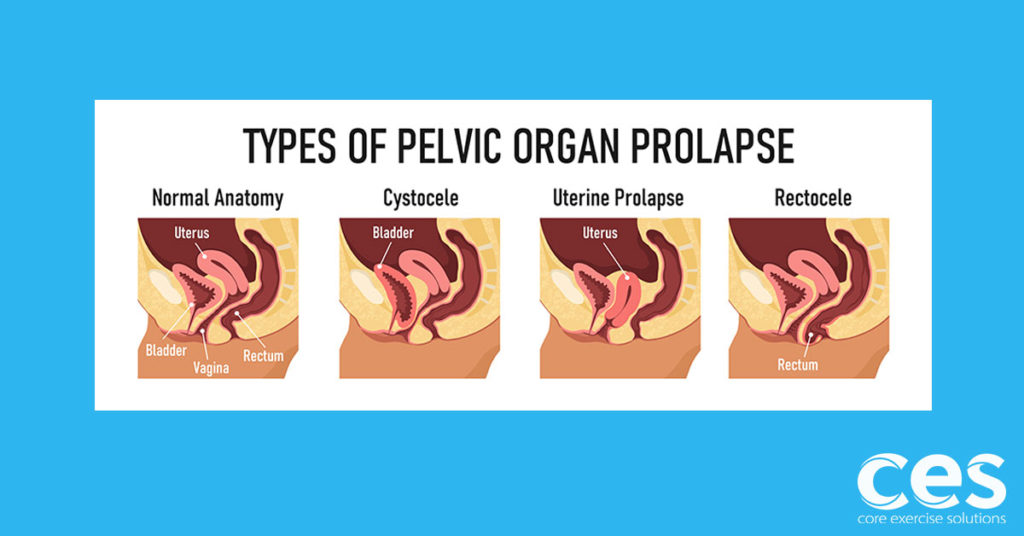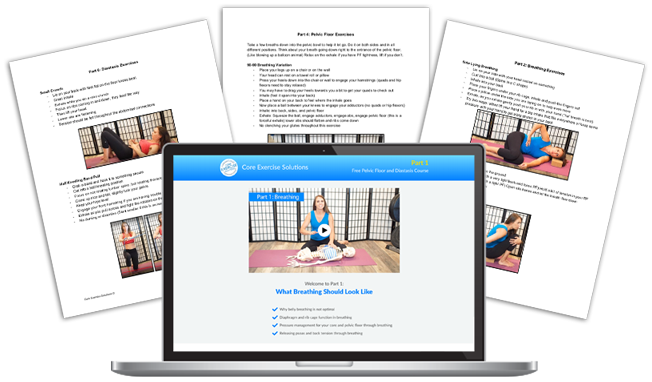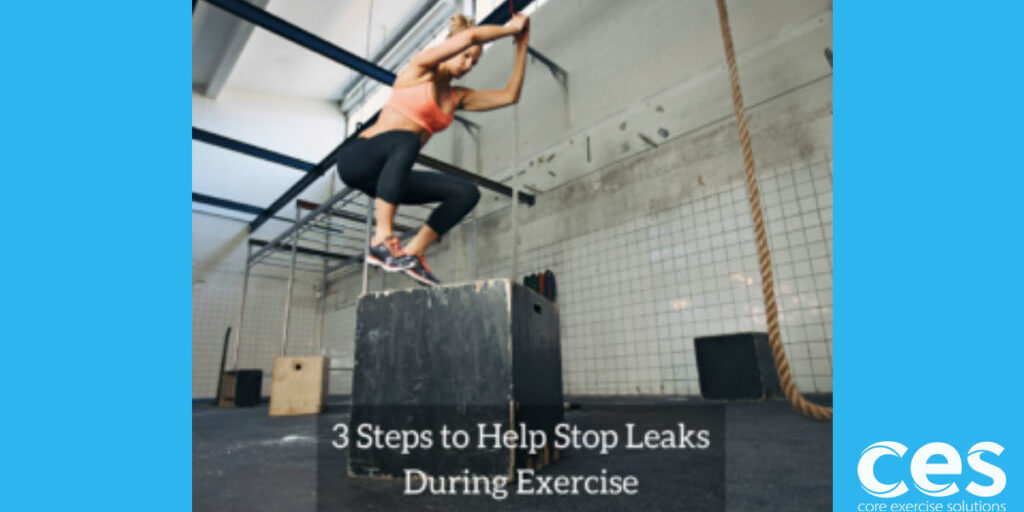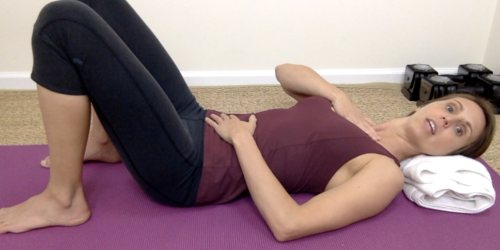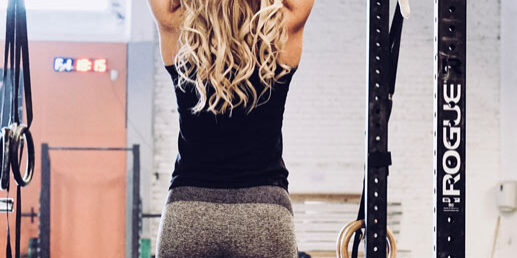This morning I read an email that kind of made me mad... not at the person (she is sweet) but the therapist that was giving the advice.
Her PT told her prolapse couldn't heal because it was a connective tissue injury. She said, “once it's stretched it's stretched.” Now, let's take a step back and use some common sense. (My favorite thing to apply when giving out rehab advice.)
Why are we so quick to say one part of the body can heal but another can't? A diastasis recti (super stretched out connective tissue) is often fully capable of healing. How is minor prolapse any different? Now, I'll be the first to admit there are severity levels that push past the limits of natural healing but we're talking really severe here!!
I've seen women that have a healable diastasis by all accounts and it doesn’t heal? Why are some people able to fully heal their diastasis and others not? Well, the answer lies in the environment of healing… is it an environment that supports healing or is it an environment that continues to stress the connective tissue preventing healing?
If you have a poor breathing system and constantly put pressure on your diastasis, of course, it’s never going to heal.
The same thing is true for the pelvic floor. The hard part is that creating an environment of healing for a diastasis is so much easier than creating one for the pelvic floor. Every single time we lift something that’s a pinch too heavy or we are careless about our lifting posture - we create prolapse pressure. Every single time we hold stress or tension in the top of our abs, chest or even jaw - prolapse pressure. Every single time we move our leg, if the muscles in our hips aren’t firing correctly - prolapse pressure. I’m not talking about special movement but simply standing and walking.
See, creating an environment for prolapse healing is extremely hard. Impossible? No! The hardest thing you’ve ever done in your entire life? Probably!
Time. You have to create that perfect environment and then give your prolapse time to heal in that non-stressful environment without setbacks. This can be a huge pain the a** and will most likely take years of work.
Ready to give up? I sure hope not. Just google prolapse mesh lawsuits. Complications of the mesh include erosion through the vaginal walls, pain, painful sexual intercourse or the inability to have intercourse. 1 in 3 mesh surgeries fail within 7 years.
We must stop putting our body down. We have to stop the blame game. We need to take responsibility for ourselves, no matter what the cause of the injury was and we need to move forward. We need to fall in love with the process of making ourselves better. (Because it’s going to be a process!) The process of learning what our bodies are capable of because our bodies are capable of great things! Including healing!!
So, yes, it’s going to be extremely frustrating to try and create a body that’s healthy enough for the prolapse to heal or improve. You’ll have setbacks, you’ll want to quit, you’ll probably need to see more than 1 PT. You’ll get bad opinions, you’ll do exercises that are too hard or aren’t right for you. You’ll waste time, but in the end, you might just figure it out. I don’t know about you, but I think it’s worth working on.
On the positive side, once you fix everything in the body that’s keeping the prolapse from healing, you’re going to feel amazing!! Talk about aging well and being strong and capable! Just maybe, you’ll look back on the prolapse and think it’s the best thing that ever happened to you...
Other posts that may interest you: Prolapse Ramblings...
Free Pelvic Floor Educational Series
Dr. Sarah Duvall, PT, DPT, CPT and the CES Team have helped thousands of women create the strength and stability needed to overcome common and not-so-common pelvic floor issues.
Join us today for this 4-part Pelvic Floor Video Series, absolutely free.
We don't spam or give your information to any third parties. View our Terms of Use and Privacy Policy.

Working with pregnant and postpartum clients/patients?
This 6-part course offers key takeaways on breathing, pelvic floor strengthening and diastasis recovery. Sign up and start learning today!

